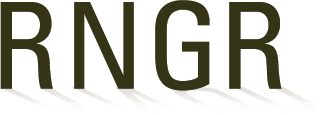Regional genetic variation in three native grasses in northern California
Kitzmiller, J. H.
2009.
Native Plants Journal, Volume 10, Number 3: 263-280
Journal Article
Transfer Guideline: Recommendation
California
Germination, growth, and flowering traits varied widely in a common-garden nursery environment and expressed coarse-textured geographic patterns among Plumas National Forest seed sources of 3 native grasses (Poaceae): blue wildrye (Elymus glaucus Buckley ssp. glaucus, California brome (Bromus carinatus Hook. & Arn. var. carinatus ), and Orcutt’s brome (B. orcuttianus Vasey). Seed zones are justified to partition the geographic variation in grasses on the Plumas National Forest because: 1) adaptive traits varied significantly with geographic surrogates for climate and photoperiod; 2) a coarse-textured geographic and topographic pattern overshadowed microsite variation; and 3) paired (proximal) sources were more similar to one another than more distal sources, all of which indicated selection may have contributed to population differentiation. Each species displayed a different geographic pattern, but Bromus species were most similar. Low-elevation southwestern sources of B. carinatus had earlier and higher germination and slightly higher shoot dry weight, while high-elevation northern lots had later and lower germination and dry weight. Southern sources of B. orcuttianus produced more flowers and germinated earlier than northern sources. Elymus glaucus from lower-elevation and more eastern sources, where summer drought is most pronounced, had higher dry weight and flowers.





